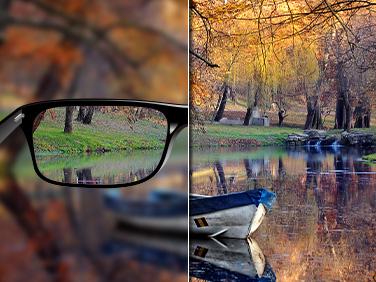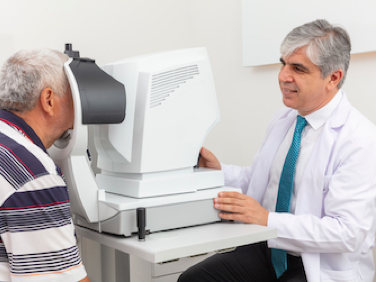Vision Surgery
Choosing the Right Cataract Lens (IOL) for You
time to read 5 minutes
Do you suffer from near-sightedness or far-sightedness? Do you need spectacles to read, or watch TV? Do you like to drive or paint? Or does your work involve long hours on the laptop? Modern-day cataract surgery no longer involves just the removal of cataract. The surgery involves insertion of an intraocular lens (IOL) to replace the natural lens of the eye. It allows you to get the vision you want, to help you do all the things that you wish to do and live the kind of life that you want to live. It also gives you the opportunity to correct other vision problems you may have had for years or even since childhood!
Today, we have many options of eye lenses or IOLs which make this possible. Some people may wish to get rid of their spectacles completely after the surgery, while some may prefer to have low-power glasses. It all depends on the IOL you and your eye surgeon choose.
Share details of your activities and lifestyle with your eye surgeon which will help him recommend the right IOL for you. It is also important for you to understand the benefits of the several IOLs from which your eye surgeon can help you choose the right one.
Monofocal IOLs help you see far objects. Usually, they are used to correct distant vision, and for near vision you will need to use reading spectacles8. For example, after cataract surgery, if a monofocal lens is used, you will be able to watch TV or a movie in the theatre or watch the sunset clearly, but you will still need glasses to read a book or a newspaper.
Multifocal IOLs can improve both your near and far vision. They can help you get rid of your glasses completely9. For example, with the multifocal lens you can read the signs on the road while walking and read the newspaper without spectacles. If you do a lot of outdoor activities and want to be free of spectacles, these IOLs can be suitable for you.
Extended Depth-of-Field (EDOF) IOLs are a relatively new type of IOLs which correct near, distant, and intermediate vision and provide spectacle independence10. For example, if you get these lenses postcataract surgery, you will be able to drive and paint well. Both these activities require clear intermediate vision. You will also be able to read a book or a newspaper because your near vision is clear.
Toric IOLs are used when you suffer from a condition known as ‘astigmatism’. If you have this condition, you need cylindrical glasses to correct it. At the time of cataract surgery, you have the option to get rid of these glasses with the help of toric IOLs12.
If you suffer from eye conditions such as macular degeneration, diabetic retinopathy, dry eye, and glaucoma in addition to cataract, the eye surgeon will recommend an IOL from the above options that is more suitable for you13. This also applies to people who suffer from chronic conditions such as diabetes and high blood pressure.



SURGEON DISCUSSION GUIDE
You have options when it comes to your intraocular lenses. Lead the conversation with your doctor to understand the cataract lens choice that’s right for you.


FIND A CATARACT SURGEON NEAR YOU
Use the Practice Locator tool to locate a surgeon near you who offers a range of cataract lens options.


CHECK YOUR CATARACT UNDERSTANDING
Have you or your loved one been diagnosed with cataracts? Take this quiz to check if you know enough about cataracts and cataract surgery.